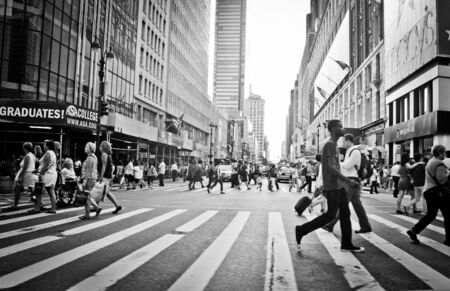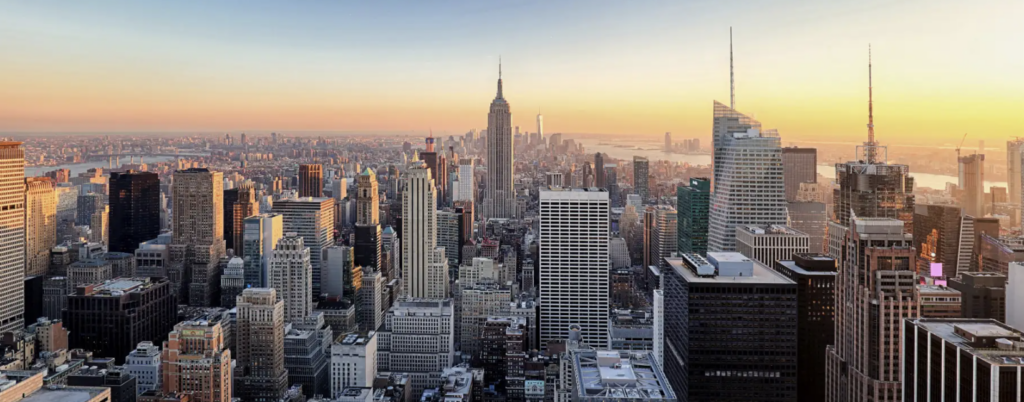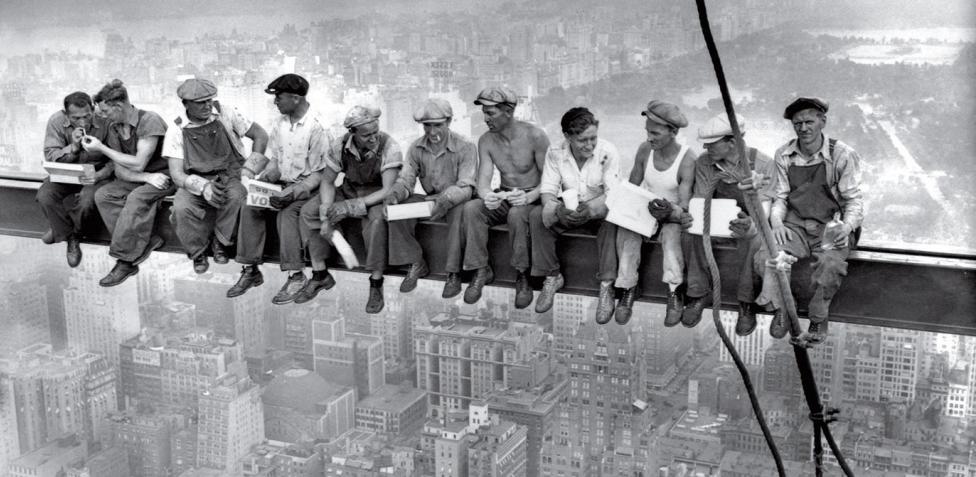The COVID-19 pandemic undeniably had a tectonic impact on the world. Beyond health and social
upheavals, its ripple effects have transformed the real estate market, creating both challenges and
opportunities. The nature of how and where we live, work, and play has been radically altered.

Office Real Estate: An Erosion of Demand
The rise of remote work caused by the pandemic made a profound dent in the demand for office spaces. Across numerous cities, vacancy rates have soared, with asking rents declining noticeably. Notably, San Francisco, once a bustling hub of tech innovation, witnessed a significant plunge in demand. Its office space vacancy increased, prices per square foot declined, and transaction volume plummeted.
With workers’ transition to remote and hybrid work models, many businesses are reevaluating their
need for physical office space. Our study indicates that by 2030, there will be an estimated 13 percent
decline in demand for office space. With these shifting sands, a total of $800 billion in real estate value is at risk by 2030, depending on the city.
The surplus of office spaces is expected to be most pronounced in older and lower-quality buildings,
known in the real estate industry as Class B and Class C. Recent data indicates a visible “flight to quality.” The reasoning is multifaceted: high-quality spaces can lure employees back to offices, while older buildings may not be equipped for hybrid work demands.
Residential Real Estate: Urban Cores Lose Their Sheen
The allure of superstar urban cores dimmed during the pandemic. With many individuals seeking larger
spaces, suburban areas saw increased demand. In some neighborhoods of San Francisco, nominal prices dropped by 12 percent from 2019 to 2022. The effect is not localized; it’s a global trend.
However, it’s essential to emphasize the adaptability of the housing market. While demand projections
for superstar urban cores show a decline, prices and rents are likely to adjust, ensuring residences don’t
remain vacant for long.

Retail Real Estate: A Struggle to Stay Relevant
The pandemic accelerated the adoption of e-commerce, further straining brick-and-mortar retail spaces. Decreased foot traffic, particularly in office-dense locations, pushed up vacancies. By 2030, we project a 9 percent decline in demand for retail space in urban cores like San Francisco. Online shopping and population trends were already hinting at this decline, but the pandemic intensified it.
The Common Threads
Cities and neighborhoods that experienced pronounced impacts share specific characteristics. For
instance, cities with a predominant knowledge economy, a significant number of large firms, commuterheavy populations, and cultural acceptance of remote work felt the brunt more significantly.
Urban structure also plays a pivotal role. Cities characterized by office-dense locales, expensive housing, and limited green spaces suffered more. For instance, Manhattan and San Francisco County
neighborhoods with a higher share of office spaces and pricier homes experienced more out-migration.
In Conclusion
The pandemic has catalyzed a monumental shift in the real estate landscape. While some areas feel the
pressure, others are adapting and evolving. Understanding these shifts is crucial for stakeholders to
navigate the changing terrain and envision a sustainable and prosperous future. The next decade
promises to be a transformative era for real estate, punctuated by innovation, adaptability, and
resilience.


